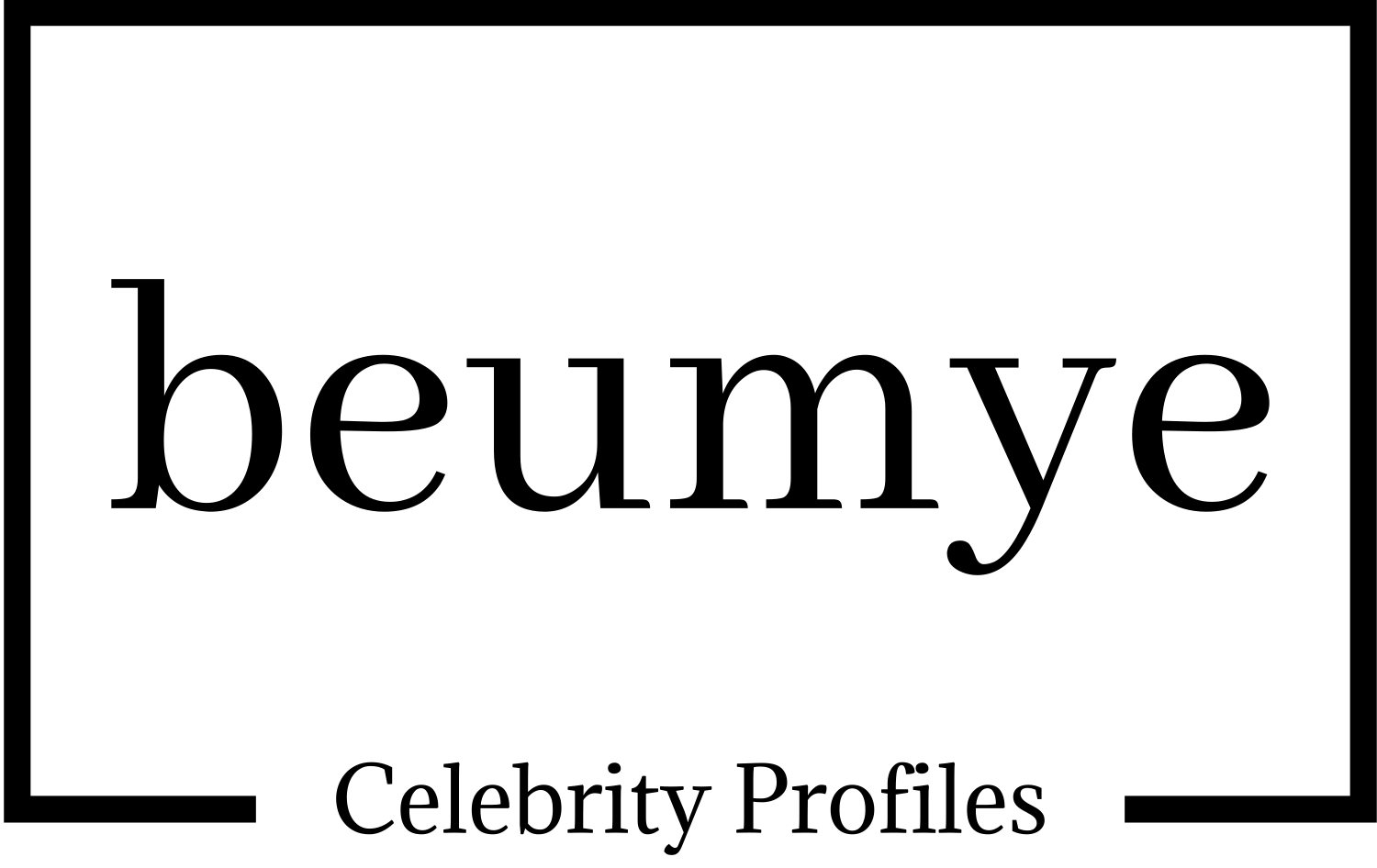In today’s educational setting, teachers face an ever-changing challenge: differentiating between student work and AI-generated content. Students have started adopting AI tools to improve their homework as they grow more affordable and potent. This trend has prompted teachers to use novel methods for identifying content generated by artificial intelligence. Teachers are using a variety of tactics to make sure that their students’ work is genuine and represents their actual abilities in light of growing concerns about academic integrity.
Spotting Unnatural Writing Patterns
Unnatural writing style is one of the most common indicators that a piece of work might have been generated by artificial intelligence. Although artificial intelligence can generate grammatically faultless phrases, it frequently lacks the nuance and flaws of human writing. Teachers are taught to be able to distinguish between a student’s authentic voice and the too-polished, somewhat mechanical tone that AI-generated text sometimes bears. AI-generated sentences could seem too formal, erratic in tone, or rather removed from the framework of the rest of the work. AI also suffers with depth in difficult subjects and chooses vague or broad generalizations instead. Students should be suspicious when their work lacks the critical thinking, unique concepts, or thorough analysis expected in assignments. Knowing their students’ usual writing styles, teachers can instantly identify when a paper sounds especially flawless or lacks the usual personal insights students offer in their work.
Using AI Detection Tools
Some teachers have turned to specialist tools and software meant to identify AI writing in order to handle the proliferation of AI-generated content. Examining elements including phrase structure, lexicon, and coherence, these AI detectors search the text for signals of artificial generation. By means of these tools, AI-generated text often exhibits unique patterns that these systems can detect, therefore enabling teachers to verify whether a work was produced by an AI or by a human. These instruments scan the text and match it to known datasets, therefore determining the probability of artificial intelligence participation depending on particular traits. Despite their limitations, these detectors offer an extra degree of assurance, giving teachers greater assurance when assessing the genuineness of a student’s work. They are especially helpful in settings where the use of AI is suspected but hard to verify.
Inconsistent or Overly Perfect Formatting
Although artificial intelligence can create content at amazing speed, it does not always handle formatting and presentation with the same degree of attention as a student might. Teachers are noticing that AI-generated texts occasionally show excellent and consistent formatting devoid of the small mistakes usually present in student work. These may include issues with paragraph space, citation styles, or alignment that seem unusually precise and clean. Human students often make small formatting problems, including irregular font sizes, minute margin variances, or citation errors. These flaws are natural indications of human authorship. On the other hand, artificial intelligence programs generate work with exacting precision, sometimes lacking these human idiosyncrasies. Teachers who are aware of these small indicators of human mistakes will be more likely to detect when a paper has been produced with the help of AI.
Questioning Depth of Knowledge
AI struggles with deep knowledge or the capacity for sophisticated reasoning and critical thinking, even if it can create coherent and readable text. When students submit AI-generated work, teachers are increasingly finding that the material lacks the depth of thinking and analysis anticipated at higher academic levels and may be quite simplified. AI usually falls short in projects requiring students to show mastery of a topic or participate in sophisticated arguments. It might compile current data without offering intelligent analysis or opinion. Knowing the anticipated degree of understanding in student work helps a teacher to spot when an assignment falls short in terms of careful investigation of a topic.
Engaging in One-on-One Discussions
One-on-one discussions are perhaps the best way for professors to evaluate the sincerity of student work. Teachers can determine students’ degree of knowledge and engagement with the content by asking them to clarify particular elements of their work or describe their approach to thinking. Content generated by artificial intelligence sometimes lacks the personal connection and depth resulting from a student’s genuine involvement with a topic. Teachers probe specifically about the project in these discussions to gauge the students’ capacity to clearly express their views and justify their decisions about particular outcomes. Red flags are raised when a student answers these questions poorly or is not conversant with the substance of their work.
Conclusion
The emergence of artificial intelligence in the field of education has resulted in novel strategies for detecting and addressing student work generated by AI. Teachers are adopting a variety of techniques to guarantee academic integrity, from identifying unusual writing patterns to using AI detectors and one-on-one conversations. Although artificial intelligence tools help students and provide convenience, teachers must be alert in maintaining the authenticity and uniqueness of their students’ work. As artificial intelligence evolves, so will the strategies used to identify its effects in the classroom.

